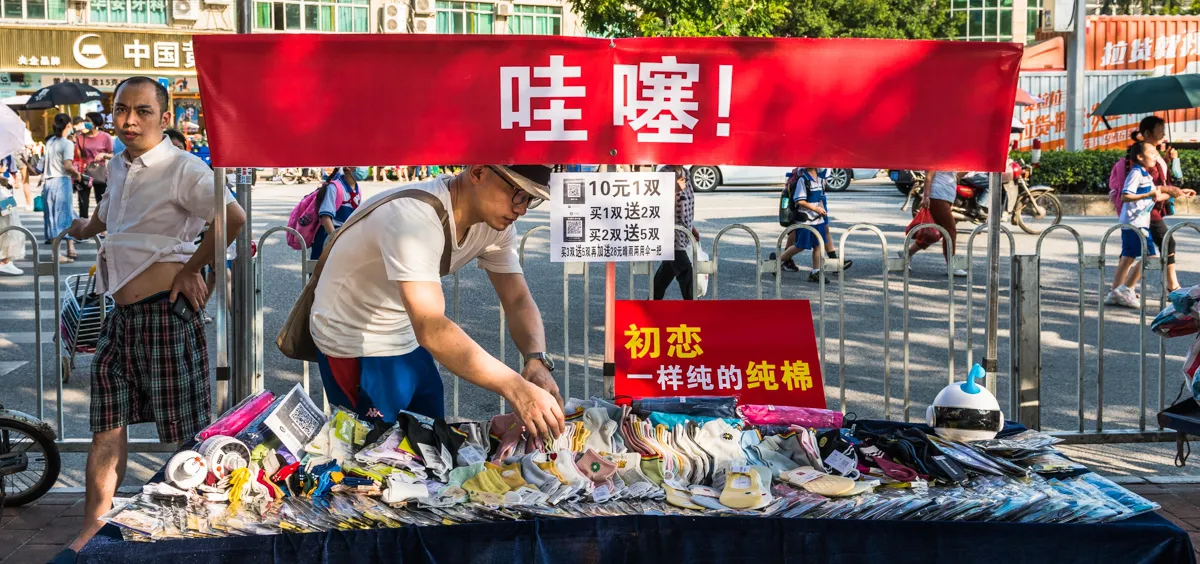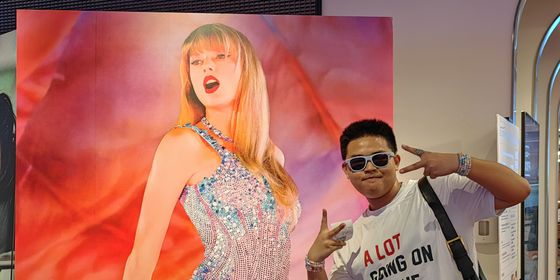China’s bustling roadside trade
“At the night market, thousands of lamps light up the azure clouds/ In tall mansions, crowds of guests and ladies throng./Though we no longer enjoy the peace of times past/ Here, the flutes still play until dawn.”
Over a millennium after poet Wang Jian (王建) memorialized the roadside revelry of the city of Yangzhou in the war-torn late Tang dynasty (618 – 907), the Chinese street market has been reborn with official blessings. “Street vendors and small businesses are…the sparks of humanity” and “the life force of China,” Premier Li Keqiang extolled in a May speech that encouraged cities to develop their post-Covid-19 “street stall economy,” appealing to the thousand-year-old association of open-air trade with joy and prosperity.
Once maligned as eyesores, street vendors found themselves courted by the same urban management officials they used to have to dodge. They were urged to join in the street fairs, food markets, and handicraft bazaars that sprang up, sometimes literally overnight, as entertainment-starved Chinese streamed outdoors to celebrate the return of warm weather and the lifting of lockdown measures. For those out of work or at loose ends after the pandemic, opening a stall was both an economic and social decision. “It gives me something to do after work every day, instead of sitting at home,” Sun Kuo, a toy vendor in Shijiazhuang with a day job, told TWOC. “I am not thinking about money, but just looking for some fun.”
Photographer Huang Ruide recently took to the streets of Guangzhou to see what his neighbors were buying and selling. “Once banned, and now reopened, street stalls create a new standard for urban development with their return,” he wrote to TWOC. From serious hagglers to “window” shoppers to street musicians who have simply come out to join the fun, “Everything is still a work in progress, but it’s clear that life goes on,” wrote Huang.
– Additional reporting by Ziqi Wang

Young women make up the majority of vendors Huang has seen in Guangzhou
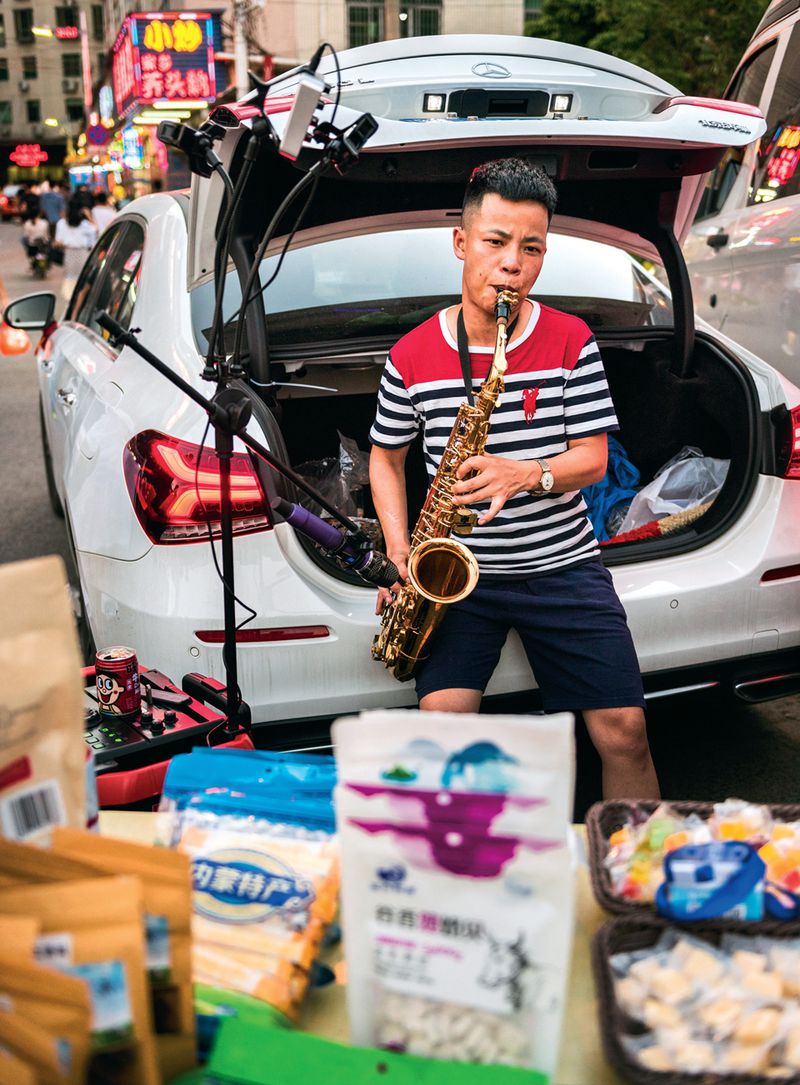
A luxury car displays the goods more glamorously than a table or public blanket
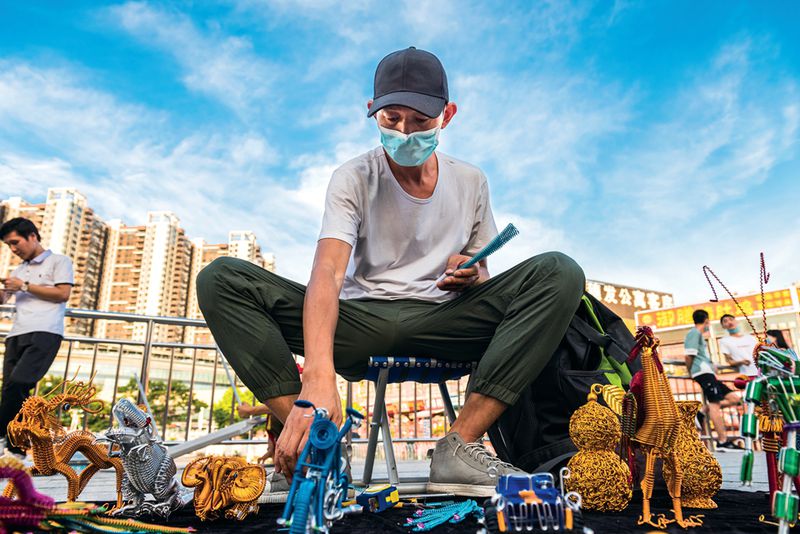
A vendor shows off his handicrafts beside a busy subway station
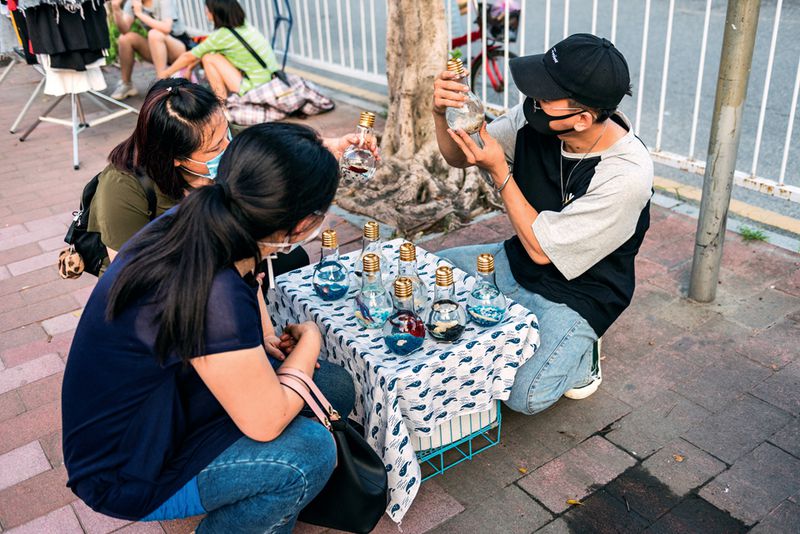
Street vendors can go into business wherever they find a place to sit down
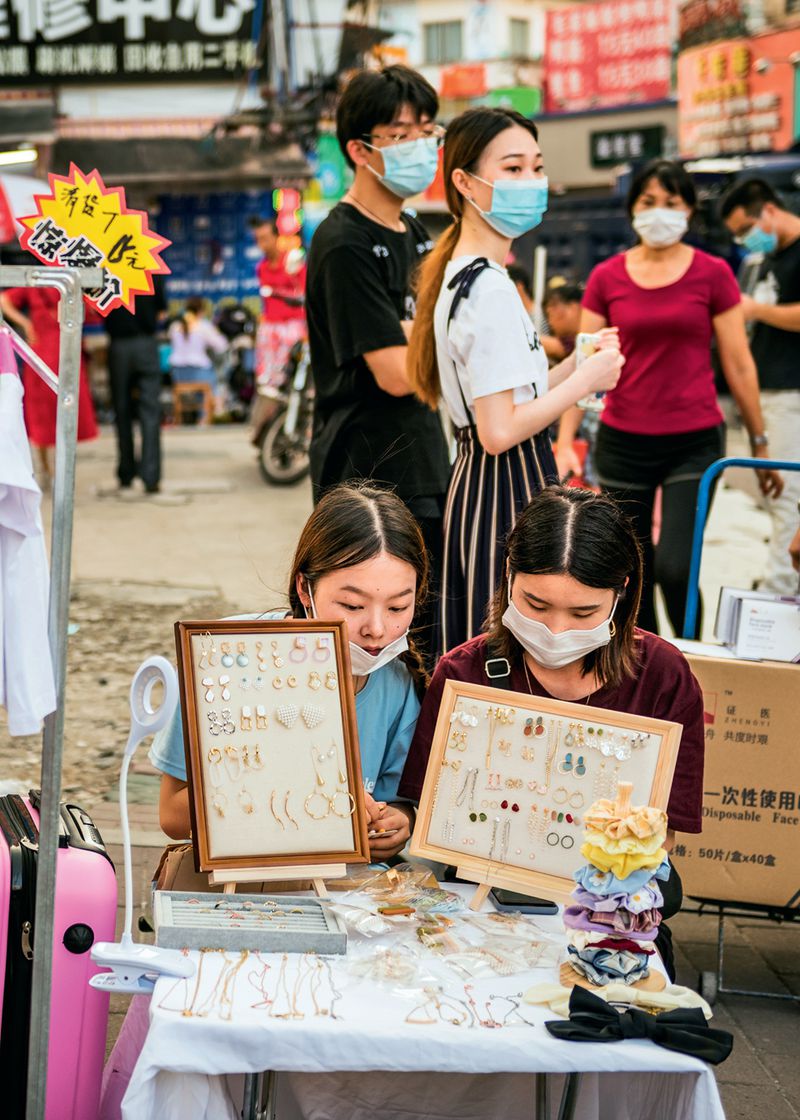
Most vendors set up in the afternoon, when customers begin venturing out after lunch or a siesta
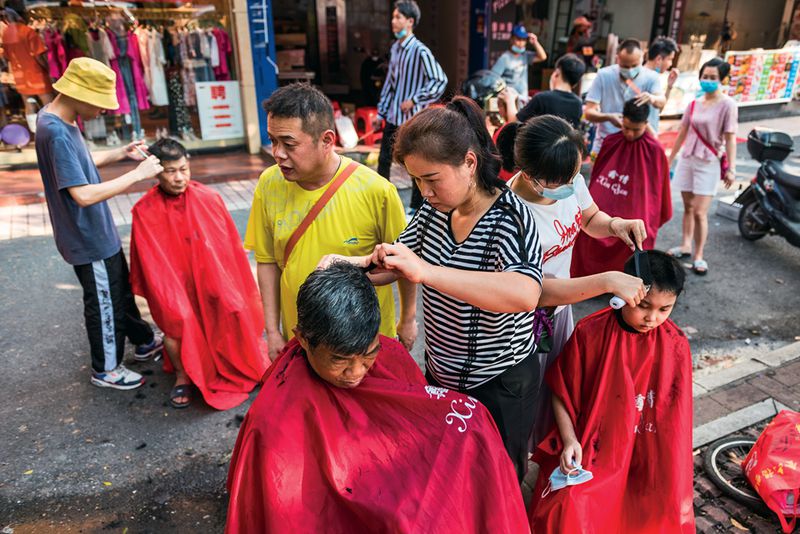
Customers can get essential services as well as trinkets by the roadside

Presentation is as important as the goods when it comes to attracting customers
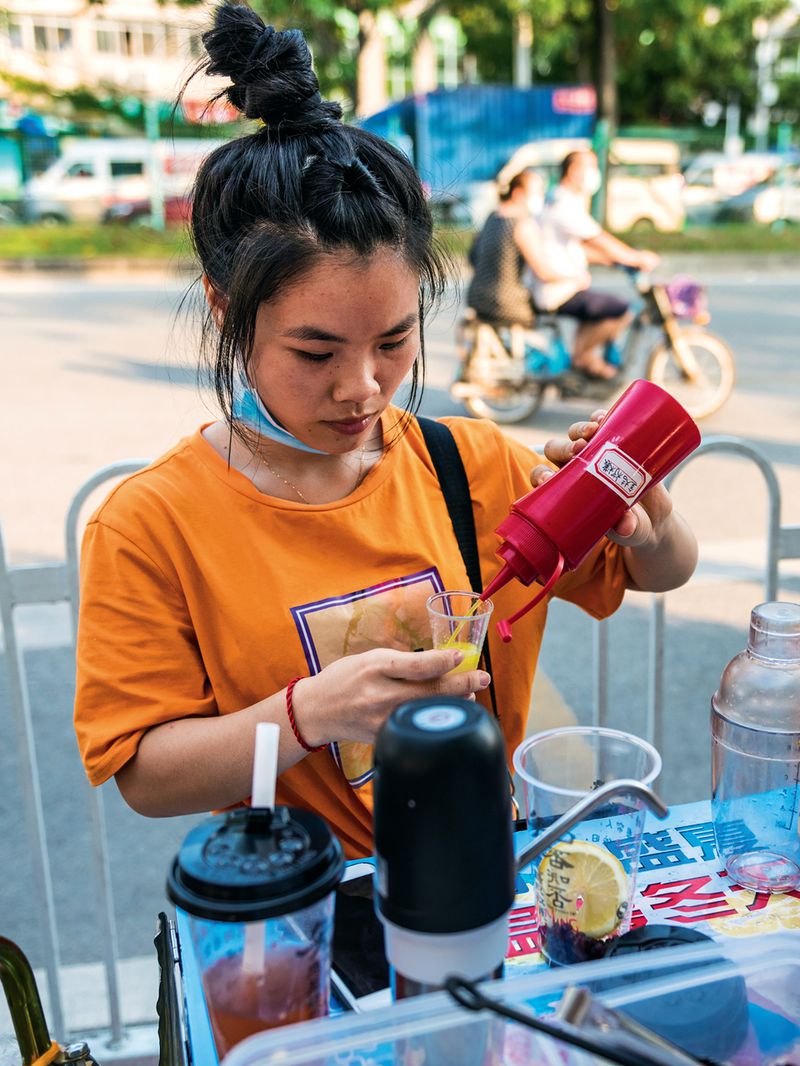
Huang isn’t sure how long vendors will be allowed to operate, or what regulations there may be, but believes Guangzhou’s markets are in a process of trial-and-error
–Photography by Huang Ruide
“Market Values” is a story from our issue, “Disaster Warning”. To read the entire issue, become a subscriber and receive the full magazine. Alternatively, you can purchase the digital version from the iTunes Store.





